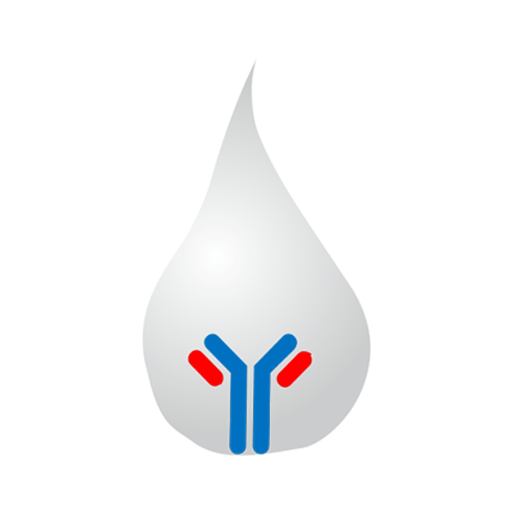Description
| CATALOG # | OttoBC157 |
| PRODUCT NAME | Urea Assay Kit |
| APPLICATIONS | Fully automated analyzer, Spectrophotometer |
| REACTIVITY | Universal |
| SAMPLES TYPE | Serum, Plasma (Edta or Heparin) |
| Content | Explanation | Shelf life |
| Reagent-1 | 1x30ml | 6 months |
| Calibrator | 1×0.5ml | 6 months |
| Q.Control | 1×0.5ml | 6 months |
References
- Berthelot MPE Repert Chim Appl 1859;282
- Chaney AL Marbach EP Clin Chem1962:8:131
- Colombo J-P (ed) Klinisch – chemische Urindiagnostik. Rotkreuz: LaboliveVerlagsgesellschaft 1994:180
- Fawcett JK Scott JE J Clin Chem 1962;13:156
- Gentzkow CJ. J Biol Chem 1942;143:531
- Glick MR. Ryder KW. Jackson SA. Graphical Comparisons of Interferences in Clinical Chemistry Instrumentation, Clin Chem 1986;32:470-474
- Guder WG, Narayanan S, Wisser H, Zawta B, List of Analytes ; Pre analytical Variables. Brochure in Samples: From the Patient to the Laboratory. Darmstadt :GIT Verlag 1996
- Krieg M et al J Clin Chem Clin Biochem 1986;24:863
- Mac Kay EM Mac Kay LL J clin Invest 1927;4:295
- Marshall EK Jr. Biol Chem 1913;15:487
- Neumann U, Ziegenhorn J, Scand J Clin Lab Invest 1977;37, Supplement 147: Abstract 97
- Talke H Schubert GE Enzymatische Harnstoffbestimmung im Blut und Serum im optischen Test nach Warburg. Klin Wschr 1965;43:174-175
- Tietz NW. Clinical Guide to Laboratory Tests 3rd ed. Philadelphia, Pa. WB Saunders Company. 1995:624, 622 – 629
- Tietz NW. Fundamentals of Clinical Chemistry Philadelphia, Pa: WB Saunders Co 1976:991

